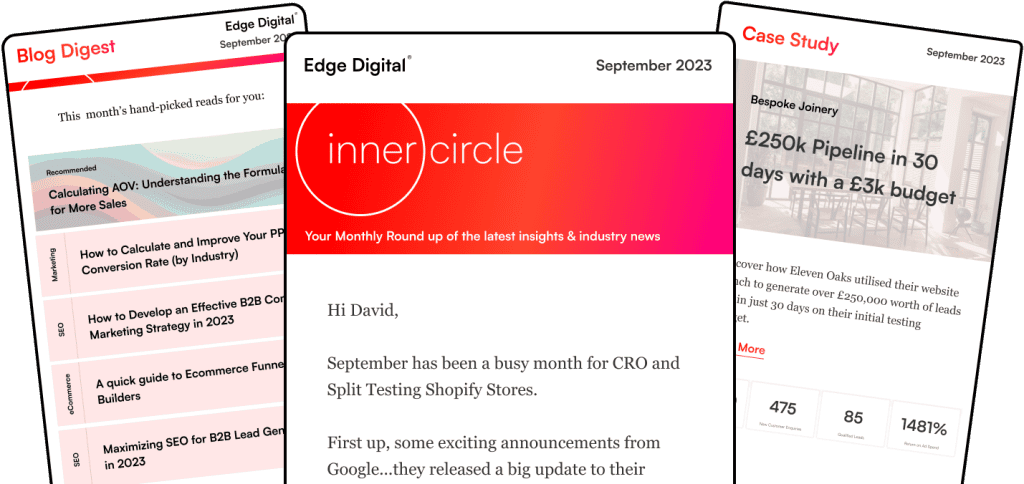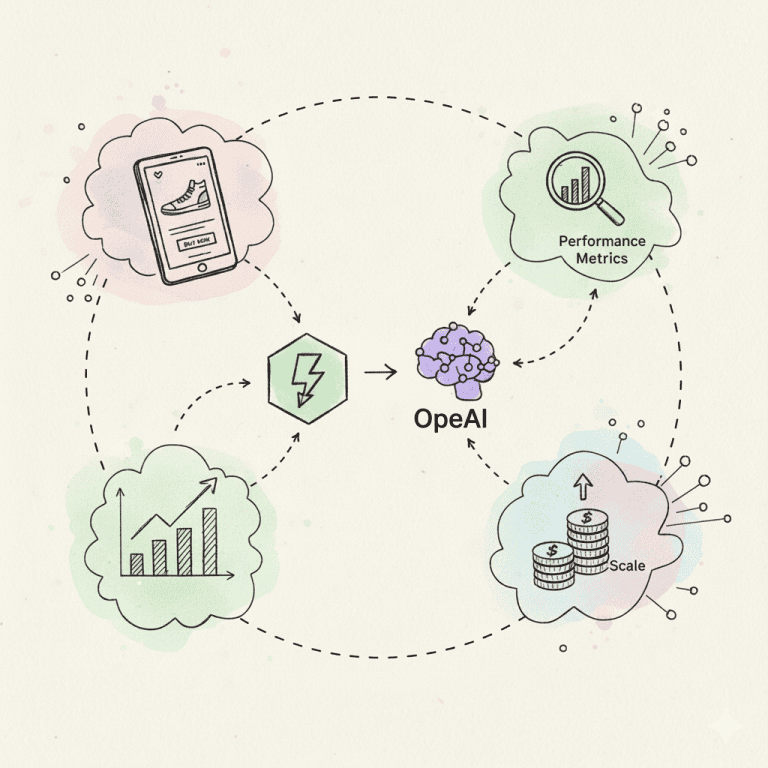Picture this: you’re walking down your local high street on a crisp Saturday morning, and your phone gently buzzes with a perfectly timed offer from that lovely café you’ve been meaning to try – not because they’re desperately carpet-bombing everyone in a three-mile radius, but because an intelligent system understood exactly what you might fancy at that precise moment. This isn’t science fiction anymore; it’s the fascinating reality of how Generative Engine Optimisation (GEO) is transforming the way brands connect with people. GeoAI is also transforming advertising and marketing strategies across various sectors.
The marketing world keeps shifting as AI-driven platforms create tailored, real-time content that adapts to what users want, leaving old-school advertising methods struggling to keep up with these sophisticated new possibilities.
GEO-AI is shaking up digital marketing by blending artificial intelligence with location-based targeting. Businesses can now serve up more relevant ads and boost their visibility on AI-powered search tools that increasingly shape how we discover everything from morning coffee to major purchases.
We’re watching as brands juggle both SEO and GEO to stay ahead in this rapidly evolving landscape. These tools work together, helping companies connect with their audiences through smarter, automated content that feels personal rather than pushy.
Key Takeaways
AI-powered ad platforms now generate and optimise content automatically based on user behaviour and location. Brands need blended GEO and SEO strategies to show up in AI-driven search. Real-time personalisation and automated content delivery are quickly becoming must-haves for digital marketers.
- Real-time analysis enables immediate data-driven decisions in location-based marketing.

Optimize depending on location and sector
Understanding Geo-AI and Its Evolution
The leap from traditional SEO to Generative Engine Optimisation (GEO) signals a big shift in how brands get noticed by audiences through AI. Geospatial artificial intelligence (GeoAI) is the integration of geospatial data, artificial intelligence, and machine learning techniques, enabling advanced spatial analysis and predictive modeling across industries like disaster management, urban planning, and environmental monitoring. This new approach keeps content relevant and visible in AI-powered search results.
The evolution of Geo-AI has been driven by the availability of large geospatial datasets, such as satellite imagery and sensor data, and the enabling power of advanced AI techniques. By combining these datasets with AI, GeoAI empowers applications in sustainable city planning, resource management, and environmental conservation.
Defining Geo-AI in Advertising
GEO-AI lets brands manage their presence across AI platforms and shape how they show up in generative responses. By leveraging geospatial technology, Geo-AI enhances advertising precision, enabling brands to target audiences based on location-based insights. Instead of keyword stuffing that feels forced and unnatural, GEO zeroes in on context and clarity that actually serves people’s needs.
GEO tools now optimise content for AI interpretation and can seamlessly integrate with existing marketing platforms. They help create clear, structured data that AI can quickly process and use to genuinely help users find what they’re looking for.
AI looks at information differently than people do. While we scroll through pages, AI checks for authority, context, and how pieces of info connect in meaningful ways. Spatial analysis is a core component of Geo-AI, allowing for advanced targeting and pattern recognition to further refine marketing strategies.
Historical Development and Milestones
Search optimisation evolved from simple keyword matching to more advanced AI understanding that appreciates the nuances of human communication. Traditional SEO techniques now make room for more sophisticated methods that recognise how people actually search and speak.
Key developments include:
- Natural language processing integration that understands conversational queries
- Conversational search interfaces that feel genuinely interactive
- AI-driven content analysis that evaluates quality and relevance
- Specialised GEO platforms designed for our AI-first world
- Integration of deep learning and deep learning techniques for advanced pattern recognition and predictive modeling
Digital agencies offer AI readiness audits to help businesses catch up with these significant changes in the digital landscape. Agencies now also help businesses develop custom GeoAI solutions to stay ahead.
Role of Artificial Intelligence in Geo-Targeting
AI algorithms now drive geo-targeting, digging through massive data sets to figure out user intent and context. These systems go way beyond just targeting by location – they understand what people actually need and when they need it. AI leverages geographical data to refine targeting, delivering more precise and relevant results based on users’ specific locations.

We use machine learning models to:
- Predict user behaviour with remarkable accuracy
- Identify relevant content that serves real needs
- Optimise responses for maximum effectiveness
- Track performance across multiple touchpoints, with monitoring of user movement and engagement enhanced by real-time sensor data
AI-based discovery systems call for different optimisation strategies than old-school search engines. The focus is now on making content that AI can easily understand and use to genuinely help people.
The Convergence of GEO and Generative AI in Advertising
When AI-driven search tools meet generative engine optimisation, brands get new ways to reach people with personalised content and targeted ads that feel helpful rather than intrusive.
Additionally, brands can leverage GeoAI to enhance their digital marketing workflows and outcomes, unlocking new capabilities for audience targeting and campaign optimization.
Generative Engine Optimisation (GEO) Explained
GEO helps brands manage their presence across AI platforms by tuning content for generative AI. It’s not just SEO with a new name – it represents a fundamental rethinking of digital visibility.
GEO makes content more accessible and relevant for AI systems that shape today’s search experiences. This feels like a real turning point in digital marketing. GEO also enables enhanced decision making by providing actionable insights from location-based data.
The basics of GEO:
- Natural language optimisation that sounds genuinely conversational
- Context-rich content that provides real value
- AI-readable data structured for machine understanding
- Real-time adaptation to changing user needs
ChatGPT and AI Platforms in Geo-AI
AI-powered platforms are changing advertising by making targeting and content creation more sophisticated than ever before.
ChatGPT and similar tools act as both creators and distributors of content. We can now craft messages that fit specific regions or even neighbourhoods with remarkable precision. These AI-powered platforms can also model and optimise business operations in real time, allowing organizations to enhance efficiency and outcomes.
Some big perks of AI platforms:
- Quick content creation at unprecedented scale
- Language localisation that feels genuinely native
- Dynamic testing capabilities for continuous improvement
- Automated campaign tweaks based on real-time performance
AI-Powered Tools for Geo-Targeted Campaigns
Modern marketing tools use AI to deliver hyper-personalised content based on where people are and what they do in different contexts.
These tools sift through tons of data to spot patterns and preferences that would be impossible for humans to identify manually. We use those insights to write better ads that actually connect with people. These tools deliver actionable insights that drive more effective campaign strategies.
Popular AI-powered features:
- Real-time audience segmentation for precise targeting
- Location-based content delivery that feels contextually appropriate
- Behavioural analysis that reveals genuine user intentions
- Automated A/B testing for continuous optimisation
Impact on User Behaviour and Engagement
AI-driven ads spark new ways for users to interact with brands and content. We watch these changes closely to boost campaign results and create genuinely better experiences.
User metrics show higher engagement with AI-optimised content. Conversion rates and ROI both move up when we get personalisation right. AI-driven analysis provides valuable insights into user engagement patterns, helping us understand what drives interaction and satisfaction.
Key engagement factors:
- Personalisation accuracy: 15-25% improvement in relevance
- Response time: 3x faster user interactions
- Content relevance: 40% higher user satisfaction scores
- User satisfaction: 2x increase in positive feedback
AI tools help us adjust to shifting user habits in real time. The ad ecosystem just keeps getting more dynamic and responsive to what people actually want.
SEO Implications of Geo-AI in Advertising
Generative Engine Optimisation (GEO) changes how brands show up on AI search platforms, leading to new rules for digital visibility. GEO enables more efficient digital marketing strategies by optimising content for both AI and human audiences. Search strategies have to shift to keep brands relevant everywhere people might discover them.
Shifting Search Landscape
Voice searches and AI tools have totally changed how people hunt for info. Folks now ask full questions instead of just punching in keywords like we used to do.
AI-powered search engines process content differently than old search engines ever did. They care more about natural language and context than exact matches or technical manipulation.
We’re seeing a blend of traditional SEO and GEO. This combo helps businesses stay visible across all sorts of search tools and platforms. AI-powered search is also transforming fields like urban planning by enabling more precise information discovery, helping city planners integrate geospatial data for smarter, more efficient urban development.
Online Visibility and Brand Recognition
Brands need a strong digital presence in both classic and AI search results. AI now acts as the middleman between companies and customers in ways we’re still figuring out.
Content should appeal to both people and AI. Clear, factual info helps AI understand and recommend brand content properly to users seeking relevant solutions.
Key Visibility Factors:
- Natural language optimisation that sounds genuinely conversational
- Consistent brand messaging across all platforms
- High-quality, accurate content that serves real user needs
- Strong presence across multiple digital touchpoints
- Unprecedented accuracy in content to ensure AI systems recommend the brand
Brand recognition in GEO-AI explained
Search Engine Optimization Strategies
Winning in modern search means you need a two-pronged approach. Content has to work for both classic SEO and AI systems without compromising either experience. Effective SEO strategies must also be adaptable to different sectors, addressing the unique requirements and challenges of each industry.
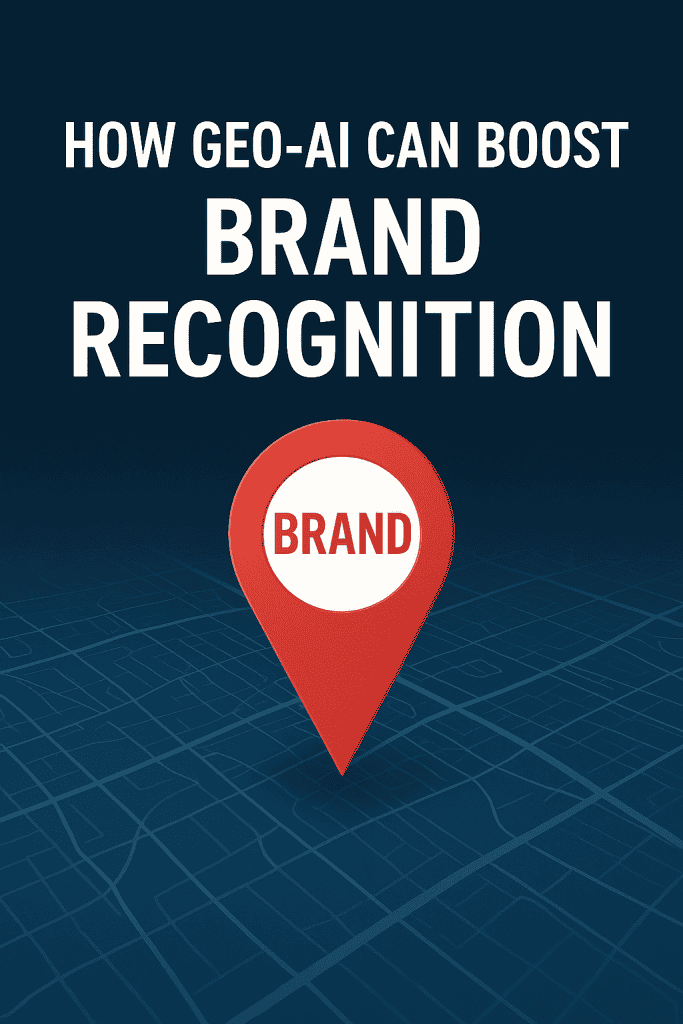
Essential Strategy Elements:
- Conversational content that answers real questions
- Clear facts that AI can process confidently
- Regular updates that maintain relevance
- Mobile-friendly design that serves users across devices
Technical optimisation should cover both traditional ranking factors and AI readability. That means good schema markup and clear content structure that benefits everyone.
Content Optimisation for Geo-AI and Advertising
Generative Engine Optimisation (GEO) shapes how brands show up in AI systems through optimised digital content. Optimised content is often built on comprehensive datasets that inform AI systems, enabling more accurate and relevant results. Smart structuring and markup help businesses get seen in both classic and AI-powered search.
AI-Friendly Content and Structured Data
We need content that both people and AI can quickly process. Clear, well-structured content helps AI systems pick up and share info across platforms effectively.
Key elements for AI-friendly content:
- Clear headings and subheadings that organise information logically
- Short paragraphs that deliver key points efficiently
- Factual statements with data that AI can verify and cite
- Natural keyword use that feels conversational rather than forced
- Well-formatted lists and tables that present information clearly
- Incorporation of satellite imagery and other geospatial data sources to provide richer, high-resolution content for applications like fire risk assessment, mineral exploration, and environmental monitoring
Structured data lets AI spot important details like product info, business locations, and contact information with remarkable precision.
Schema Markup for Geo-Targeted SEO
Schema markup tells search engines and AI exactly what our content means. This technical layer makes our content stand out in search and AI-generated results. By providing structured data, schema markup also enhances the effectiveness of geospatial AI in interpreting and presenting location-based content, supporting applications in urban planning, disaster management, and smart city solutions.
Essential schema types for geo-targeting:
- LocalBusiness markup: Address, hours, service areas
- Product markup: Prices, availability, locations
- Event markup: Dates, venues, ticket information
Proper schema implementation dramatically improves how AI systems understand and present your content to users.
Featured Snippets and Voice Search Optimisation
Voice search optimisation needs natural language and direct answers to real questions. Featured snippets are a big deal for voice assistants and AI search platforms that prioritise immediate, helpful responses. For example, a featured snippet might answer a location-based query like “What are the best coffee shops near Central Park?” by listing top-rated local options.
Best practices for voice-optimised content:
- Use question-and-answer formats that mirror natural conversation
- Write conversational, clear responses that sound genuinely helpful
- Focus on local intent keywords that reflect regional search patterns
- Include location-specific information that serves neighbourhood needs
To get featured snippets, format answers precisely and put them close to the questions they address.
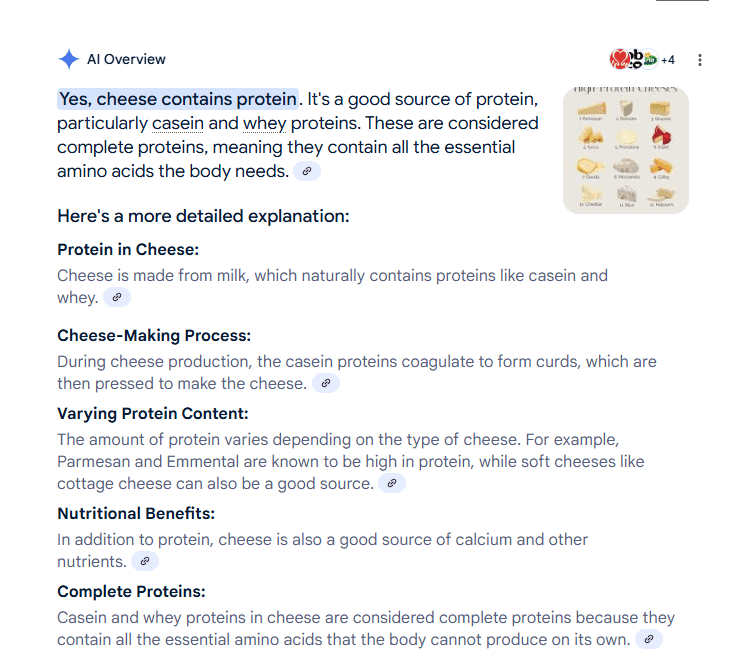
Advanced Digital Marketing Strategies With GEO-AI
AI-driven marketing tools are changing how brands connect with customers. These tools support diverse applications across the digital landscape, enabling marketers to address a wide range of needs and industries. Smart data analysis and automation let us target the right people at the right time with genuinely relevant messages.
Personalised Ad Campaigns and User Intent
GEO technology analyses user behaviour and creates custom content for each audience segment. AI systems monitor user interactions in real time to refine personalisation strategies, ensuring content stays relevant and effective. We can even predict what customers want before they search, which feels almost magical when it works well.
AI helps us match messages to each customer’s interests and buying stage. That targeted approach usually means better engagement and stronger relationships.
Key benefits of personalisation:
- Higher click-through rates from relevant messaging
- Improved customer satisfaction through better experiences
- Better brand loyalty from consistent value delivery
- Increased repeat purchases through ongoing engagement
Optimisation Techniques and Conversion Rates
We use data-driven insights to tweak marketing campaigns as they run. This helps us get the most out of every pound invested in digital advertising.
Essential optimisation tactics:
- A/B testing of ad content for continuous improvement
- Landing page performance tracking across user segments
- Customer journey mapping to understand decision processes
- Conversion funnel analysis to identify optimisation opportunities
Smart automation adjusts bids and budgets as results come in. That keeps campaigns lean and effective whilst maximising meaningful results. By allocating resources more effectively, smart automation also helps in minimizing waste, ensuring that every effort contributes to campaign efficiency.
Leveraging AI-Powered Tools in Marketing
Modern marketing platforms use AI to make campaign management easier. These tools handle complicated tasks in seconds that would take humans hours to complete manually. AI-powered tools enhance campaign performance and strategic decision-making by providing deeper insights and optimizing every aspect of your marketing efforts.
Popular AI marketing features:
- Content generation and optimisation for multiple channels
- Performance prediction based on historical data
- Audience segmentation using behavioural patterns
- Campaign scheduling optimised for peak engagement times
The tech learns from every interaction and keeps improving. It’s a cycle—each campaign gets a little better than the last.

Split testing is one of the best ways to see how your campaigns are performing best
Role of Authoritative Sources and E-E-A-T in Geo-AI
Building brand authority is more important than ever as AI-powered search changes how people find information. AI systems assess the authority and trustworthiness of content sources to determine which information is most reliable. E-E-A-T principles really influence how content shows up in generative search.
Building Trust and Expertise
We need to show clear expertise with verified credentials and industry recognition. Knowledge Graphs and authority signals now matter more in AI search than ever before.
Professional certifications and proven experience help us earn trust from both users and AI. It’s worth highlighting real qualifications and team expertise rather than hiding achievements modestly.
Detailed author profiles and real-world experience make E-E-A-T signals stronger. Don’t hide your credentials—show them off when they’re genuinely relevant. Urban planners and other professionals benefit from authoritative, AI-verified data, making trust and expertise even more essential.
Well-Researched Content and Backlinking
Quality content creation means citing research and linking to trusted sources. That backs up your claims and gives readers more context whilst building authority.
We should focus on:
- Supporting statements with data from credible sources
- Supporting statements with research on land use and spatial trends
- Linking to respected industry publications and research
- Including expert quotes and insights from recognised authorities
- Maintaining current, accurate information through regular updates
Building a network of quality backlinks shows your content has real value in the field.
Referral Traffic and Search Optimisation
AI-powered search systems want content that actually helps users. We need to optimise for people and AI at the same time without compromising either experience.
AI SEO tools like SurferSEO and MarketMuse help us align content with search intent whilst maintaining readability. Tracking user interaction through analytics tells us what’s working effectively.
These AI tools can also detect shifts in referral traffic and user engagement, allowing for timely adjustments to your strategy.
Regular updates keep content fresh and boost search visibility. That’s how you keep referral traffic coming in consistently.
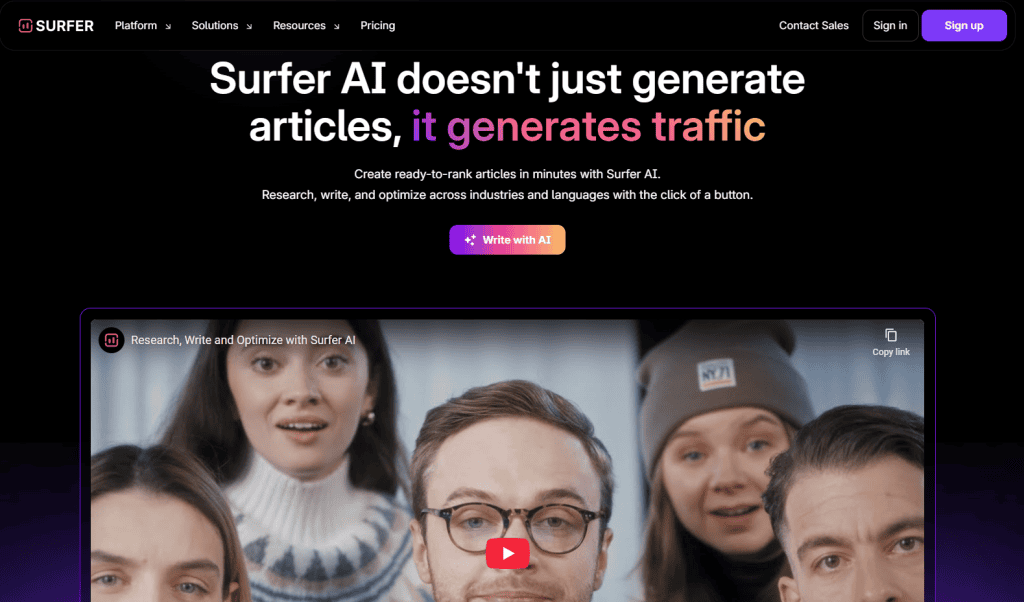
Future Directions: AI Summaries, Overviews, and User Experience
The move to AI-driven search is shaking up how people find and use information. 80% of consumers now rely on AI summaries for nearly half their searches—wild, right?
Looking ahead, the future of geo AI will further transform information discovery, making search results even more personalized and context-aware.
AI-Generated Answers and Summaries
AI systems now spit out quick, accurate summaries that answer questions right away. Users don’t need to click through a bunch of sites anymore to find basic information.
Traditional website traffic has dropped by 25% since people get instant answers from AI overviews rather than visiting original sources.
Key Features of AI Summaries:
- Direct question answering that addresses specific queries
- Multi-source information synthesis for comprehensive responses
- Real-time updates reflecting current information
- Contextual relevance tailored to user intent
- Integration of satellite data for richer context in areas like fire risk assessment, mineral exploration, and environmental monitoring
Enhancing User Experience and Engagement
AI Overviews make complex queries simple by blending text, images, and data into quick, useful answers that serve immediate needs effectively. AI-driven platforms can also adapt to the user’s environment, providing a more personalised experience based on contextual factors.
We notice higher engagement when AI presents info in bite-sized, easy-to-digest formats. Users spend less time searching and more time actually reading or using content.
Engagement Improvements:
- Faster answer discovery reducing search friction
- Reduced search friction through intelligent filtering
- Better information retention via clear presentation
- Personalised results matching individual preferences
Measuring AI Visibility and Brand Impact
Three-quarters of websites featured in AI overviews land in Google’s top 12 results. That says a lot about the power of authority in AI visibility.
Brand visibility now hinges on being included in AI summaries. Companies have to rethink content strategies for AI ranking factors and user expectations. There is a significant risk of reduced visibility for brands that do not adapt to AI-driven search.
Impact Metrics:
- AI summary inclusion rate across relevant queries
- Authority score within your industry or niche
- Citation frequency by AI systems
- User engagement with AI-served content
Technical SEO and Optimization Approaches for Geo-AI
Generative Engine Optimisation (GEO) blends classic SEO with new AI-focused tactics. We need to write for humans and AI, and keep technical details sharp. A strong digital infrastructure is essential for effective Geo-AI optimisation, as it supports the scalability and reliability of technical SEO strategies.
On-Page and Off-Page SEO Tactics
We recommend using clear semantic markup and schema data so AI can get the context fast. Meta descriptions and titles should be readable by people but also make sense to machines.
Keywords need to fit naturally, with semantic clarity for AI. That means using related words and concepts, not just repeating the same phrases mechanically.
For off-page SEO, we build high-quality backlinks from sites that AI trusts as authoritative. In the AI era, quality beats quantity every time. Just as refining farming practices—like adopting precision agriculture and geospatial AI—leads to better crop yields, optimizing your SEO tactics ensures stronger results.
Local SEO for Geo-Targeted Advertising
Local business info has to be consistent everywhere so AI can match locations accurately. Structured data markup for address, hours, and services is a must.
AI search engines process location data differently. We optimise for neighbourhood terms, landmarks, and regional phrases so AI can tie content to real places.
Location-specific content should include natural signals about nearby places and local events. That way, AI understands the geographic relevance. Monitoring local SEO signals is as crucial for business success as tracking crop health is for optimal outcomes in precision agriculture.
Technical SEO Challenges and Solutions
Site speed and mobile optimisation still matter—a lot. AI factors these technical signals into rankings, so we keep code clean and pages fast.
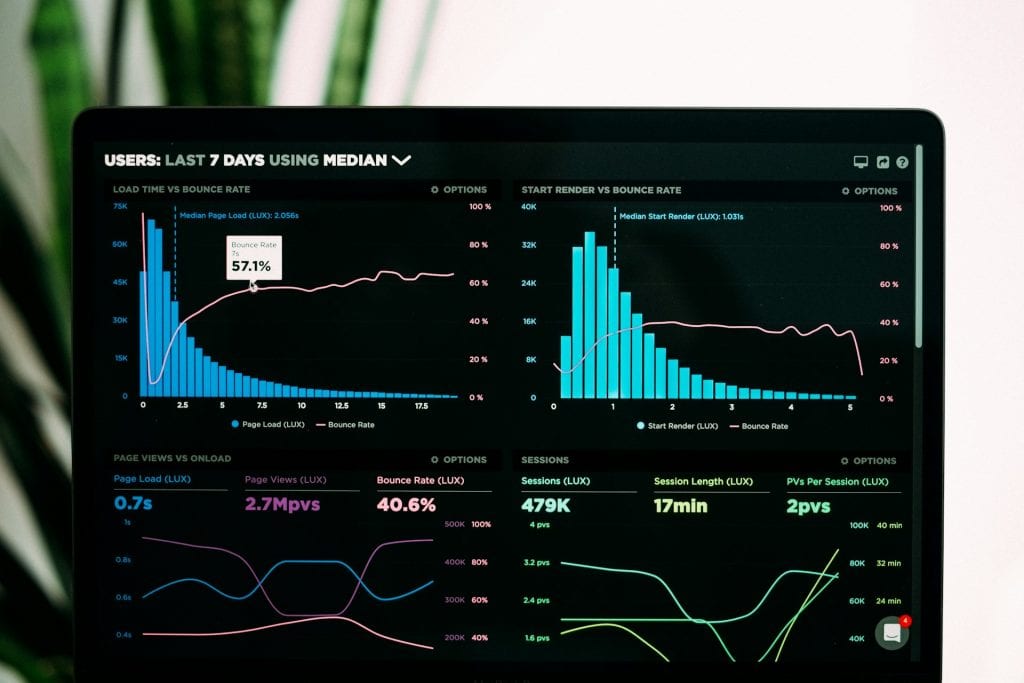
Technical GEO tools help us spot and fix AI crawling issues. Regular audits make sure AI can access everything it needs.
Security certificates and proper redirects tell AI your site is trustworthy. We use strong technical frameworks to meet both old-school SEO and new AI standards.
Server response times and API endpoints also need attention for AI crawlers. Clean architecture and fewer barriers let AI do its job better.
Reliable technical SEO also supports digital food security initiatives by ensuring information accessibility for those working to address global food security challenges.
The Role of Conversational AI and Answer Engine Optimisation
AI search engines now give personalised, conversation-style answers instead of just lists of links. For example, conversational AI can provide real-time answers to queries about weather patterns and local conditions. That means we have to rethink how we create and optimise content.
Conversational Tone in Ad Content
AI-powered search assistants chat with users in natural language, not just show results. We need to make our ad content sound more like real conversation.
Content with a friendly, dialogue-style flow helps AI understand and present it. Write like you’re talking to someone, not just ticking SEO boxes.
Address common questions head-on and give clear, simple answers. Dropping in conversational markers—like questions or casual transitions—makes content easier for both people and AI to follow. Conversational content is also essential for successful GeoAI-driven advertising, as it enables GeoAI systems to better interpret user intent and deliver more relevant, location-aware ad experiences.
Answer Engine Optimisation (AEO) Explained
AEO means structuring content so it directly answers what people are asking. It’s more than just keywords now.
Key elements of AEO include:
- Direct answers to specific questions that users actually ask
- Clear headings and subheadings that organise information logically
- Structured data markup that helps AI understand content
- Factual, concise information that serves immediate needs
We organise content so AI can easily pull out relevant answers. Breaking up big topics into smaller, digestible pieces helps a lot.
Emergence of AEO in Generative Search
Modern search interfaces now give full, contextual responses—not just links. We have to adapt our content strategy for that.
Generative search systems draw on extensive datasets to provide comprehensive and accurate answers, making it essential for our content to be both thorough and well-structured.
AI systems look for content that’s:
- Easy to parse and understand for machine processing
- Rich in factual information that answers real questions
- Well-structured and organised following logical patterns
- Clear and actionable, helping users accomplish goals
Content needs to be clear and structured so AI can turn it into conversational answers. It’s not always easy, but it’s the direction things are going.
Challenges and Opportunities in Geo-AI Advertising
The intersection of AI and location-based advertising brings some seriously powerful new capabilities. GeoAI is also transforming disaster response by enabling faster, more targeted interventions during natural and human-made disasters. But honestly, it also raises tough questions about privacy, user experience, and how quickly we can adapt to all this tech.
Ethical Considerations and Data Privacy
AI-powered advertising platforms have to find that sweet spot between personalisation and user privacy. We really need solid data protection to keep sensitive location info safe. It’s especially important to safeguard users’ geographical data, as misuse can lead to privacy breaches and unwanted tracking in AI-powered advertising.
Companies should stay upfront about how they collect and use geographic data. People deserve clear opt-in choices and simple user controls—no one wants to dig through endless menus just to protect their data.

Key Privacy Requirements:
- Encrypted data storage and transmission for security
- Anonymous data collection methods that protect identity
- Regular security audits to maintain protection standards
- User-friendly privacy controls for easy management
Evolving Consumer Expectations
Modern consumers want personalized experiences but still want to call the shots with their own data. It seems like people increasingly prefer:
- Relevant, location-aware content
- Real-time promotional offers
- Seamless cross-device experiences
AI platforms like OpenAI can help create content that actually clicks with local audiences. If we’re being honest, content strategies have to keep up and serve micro-communities better than ever. Evolving expectations differ across sectors, so tailored content strategies are essential to meet the unique needs of each industry.
Adapting to Rapid Technological Change
AI-driven tools keep evolving, so teams need to stay on their toes. Regular training on new platforms and features is just the reality now.
Essential Technical Updates:
- Location tracking improvements
- Machine learning algorithms
- Integration with emerging platforms
- Real-time data processing
It’s also important to update datasets regularly to ensure that AI models benefit from the latest information and technological advancements.
Staying current with AI advancements is a must, but let’s not forget about stability. Regular testing helps keep performance solid across different regions, which is never as simple as it sounds.
Frequently Asked Questions
AI and location data working together? That combo creates some wild new tools for precise audience targeting and personalized marketing. Geospatial technologies are at the core of modern AI-driven advertising, enabling real-time insights and more strategic, data-driven campaigns. It’s exciting, but it also stirs up fresh privacy concerns that are shaping how we think about advertising now.
How is AI changing the landscape of targeted advertising?
Artificial Intelligence transforms search advertising by letting us analyze consumer behavior and intent in real time. By leveraging large datasets, AI can improve targeting accuracy, ensuring ads reach the most relevant audiences. That means way more accurate targeting and smarter ad placement—no more guessing games.
AI predicts which ads will click with which segments, so advertisers can tweak campaigns instantly when they see what’s working (or not).
What role does geo-AI play in enhancing the personalization of marketing campaigns?
Generative Engine Optimization helps us deliver content and offers that actually match local preferences and behaviors. It’s not just about generic ads anymore.
Spatial analysis enables more precise personalisation in geo-AI campaigns by leveraging advanced geospatial techniques to tailor content based on location-specific data.
Now we can customize messages based on local trends, weather, or even events happening in the area. That kind of relevance really boosts engagement.
What advancements in geo-AI can we expect to see in the next five years within the advertising sector?
The digital marketing landscape of 2025 looks like it’s heading toward even smarter predictive analytics. Imagine anticipating what people want before they even search for it.
We’ll probably see more augmented reality and location-based services, making ads way more immersive and tied to real places. It’s a little wild to think about.
Additionally, the growing integration of satellite imagery with geo-AI is expected to play a major role in future advancements, enabling more accurate and real-time geospatial insights.
How will AI-driven analytics transform advertisers’ understanding of consumer behavior?
Machine learning sifts through huge amounts of location and behavioral data, spotting patterns in how people buy and interact with brands. It’s like having a magnifying glass on consumer habits. Increasingly, sensor data is integrated into AI analytics, providing even deeper insights into consumer behavior and preferences.
These insights let us build detailed profiles that go way beyond age or gender. We’re talking movement patterns, lifestyle choices—the works.
In what ways can geo-AI improve the efficiency of advertising spend and ROI?
Smart targeting strategies help cut wasted ad spend by zeroing in on the areas and people most likely to convert. GeoAI makes advertising spend more efficient by ensuring campaigns reach the right audiences at the right time. No more throwing money at the wall to see what sticks.
Real-time optimization tweaks bids and placements based on how things are performing in different locations. It’s all about squeezing the most out of every dollar.
What are the ethical considerations surrounding the use of geo-AI in advertising?
It’s a tricky balance: you want to personalize ads, but you’ve got to protect people’s privacy too. Transparent data collection matters, and folks should always have a simple way to opt out.
When it comes to location tracking, users really need to give clear consent. Companies should also store that data securely if they want to keep anyone’s trust—or stay on the right side of privacy laws. It’s also important to assess ethical risks when deploying geo-AI in advertising, ensuring that both user rights and societal impacts are carefully considered.
